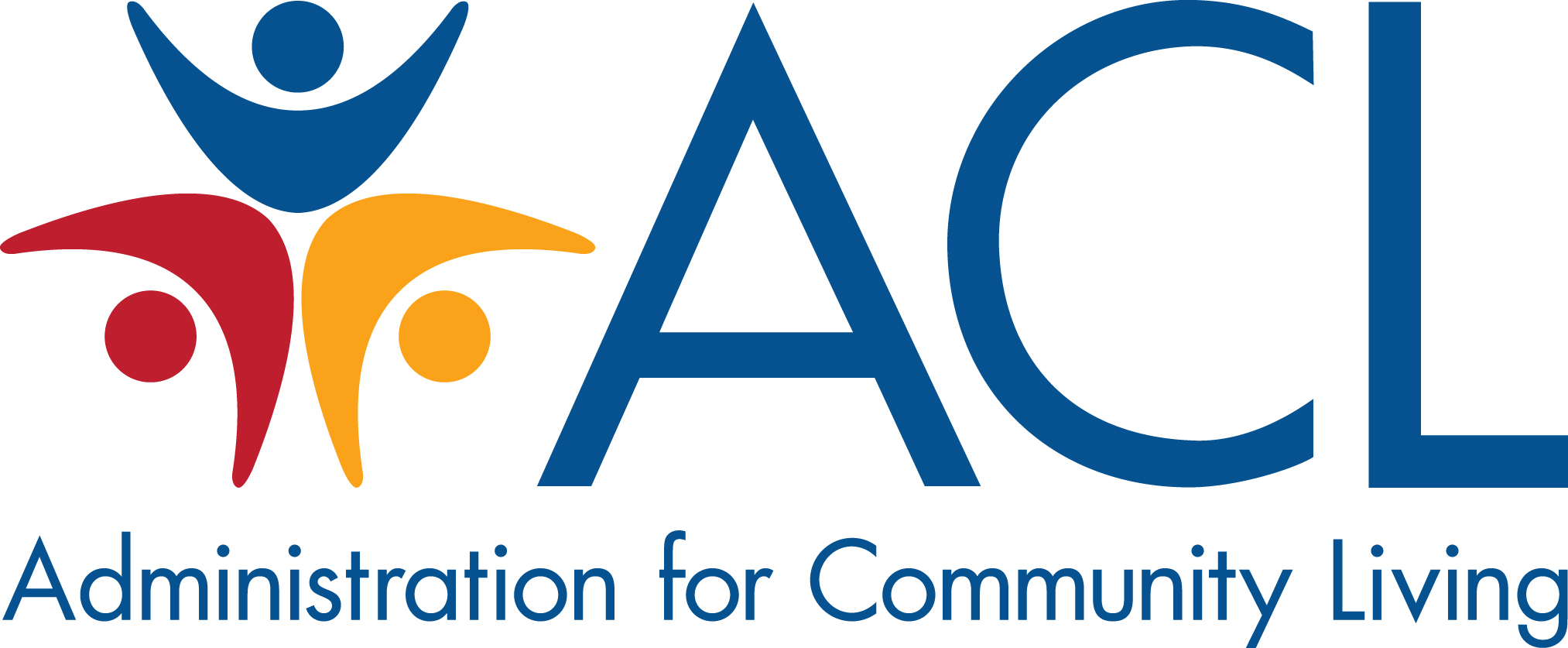Whether they’re designing new digital programs to tutor students in mathematics or organizing meal programs for elderly neighbors; whether they’re driving veterans to doctor appointments or visiting patients in nearby hospitals, older Americans are transforming lives and communities across the country.
As leaders of two of the country’s foremost organizations that provide service opportunities for seniors, the Corporation for National and Community Service (CNCS) and the Administration for Community Living, we are consistently grateful for and inspired by our nation’s senior volunteers. And every day, we see the transformative power of service as older Americans use their skills and talents to make a difference, and we witness the tremendous value of their contributions. Their commitment reminds us that serving others not only changes the lives of those who are served, but forever changes those who serve, as well.
Many of the greatest moments that we share as a nation are the direct result of the many contributions that seniors have made.
As President Obama recently noted, “Older Americans have fortified our country and shaped our world. They have made groundbreaking discoveries, pioneered new industries, led our nation's businesses, and advanced our unending journey toward a more perfect Union.”
We are committed to making sure that we honor their contributions by engaging them in the important work of service and volunteering.
That’s why we support the President’s Task Force on Expanding National Service and are working to meet the President’s charge to develop innovative partnerships—across the federal government and with dedicated nonprofits and corporations—in ways that expand service opportunities for older Americans.
And it is in this spirit that we are working to bolster our existing programs.
CNCS administers three Senior Corps programs: RSVP, Foster Grandparents, and Senior Companions. In each of these programs, participants serve as mentors, tutors, advocates, and companions whether working with the young or young at heart.
Through the Administration for Community Living, volunteers in the Senior Medicare Patrol do nothing less than help stop criminals. They teach fellow older Americans the critical signs to look for that indicate Medicare or other safety net programs might be defrauded in their name. Volunteers also explain what to do when billing errors or fraud is suspected, and spread this important information throughout communities. Their efforts literally put taxpayer money back into federal coffers.
We look forward to building on these efforts together by recruiting, engaging, and supporting more senior Americans who want to serve. The skills and expertise cultivated over a lifetime are valuable tools for strengthening our communities and creating the next generation of leaders. Today, we renew our commitment to ensuring that opportunities to serve are always made available to older Americans.
Despite the large number of people who share their time and talents through service, the needs of our communities and the nation surpass the number of people who volunteer. So finding more ways to engage seniors is not just about finding more ways to occupy their spare time. Rather, finding solutions to our country’s most pressing challenges requires that we involve the talent of our seniors.
Senior Corps volunteers like Virginia McLaurin know this all too well.
For the last 20 years, “Grandma Virginia” has served as a Foster Grandparent in Washington, DC. Every day, she walks two blocks to the Sharpe Health School where she helps children with special needs. McLaurin recently celebrated her 105th birthday by being inducted into the DC Commission for Women’s Hall of Fame. McLaurin is both an inspiration and a powerful example of what studies show—volunteering can lead to a healthier and longer life.
Meanwhile, Carolyn Mosbar is a volunteer with another program supported by the Administration for Community Living—the Washington State Long-Term Care Ombudsman Program. Mosbar is trained and certified as a volunteer ombudsman. In that role, she meets regularly with residents and family members of 11 long-term care facilities across southeast Washington state, ensuring that facility staff honors residents’ rights to appropriate care and a dignified quality of life.
Virginia and Carolyn prove there is no age limit to the capacity to enact change. Virginia, Carolyn, and thousands of volunteers like them not only understand the importance of being involved in their communities, but they also understand how to stay involved.
CNCS research supports this. In 2012, 10.3 million Americans ages 55 and older dedicated 1.8 billion hours of service. And volunteers age 65 and older spent an average of 90 hours on volunteer activities in 2012, the highest among any age group.
Some studies also show that one of the primary reasons why our fellow citizens don’t serve is because they’ve never been asked to. We must seize this opportunity to engage seniors in service. We must ensure that as we build up volunteer networks, we deliberately include Americans of all backgrounds at every step. We must encourage every older American to answer the call to service. We cannot succeed without them.
Wendy Spencer is the CEO of the Corporation for National and Community Service, and Kathy Greenlee is the Assistant Secretary of Aging and Administrator of the Administration for Community Living.

